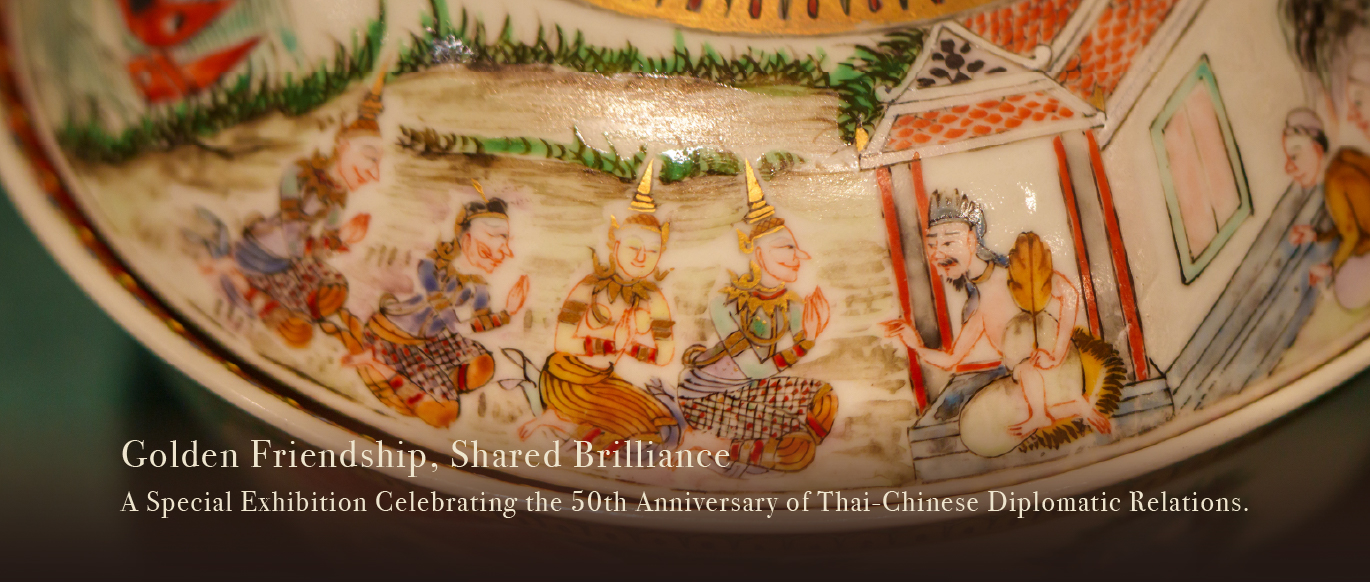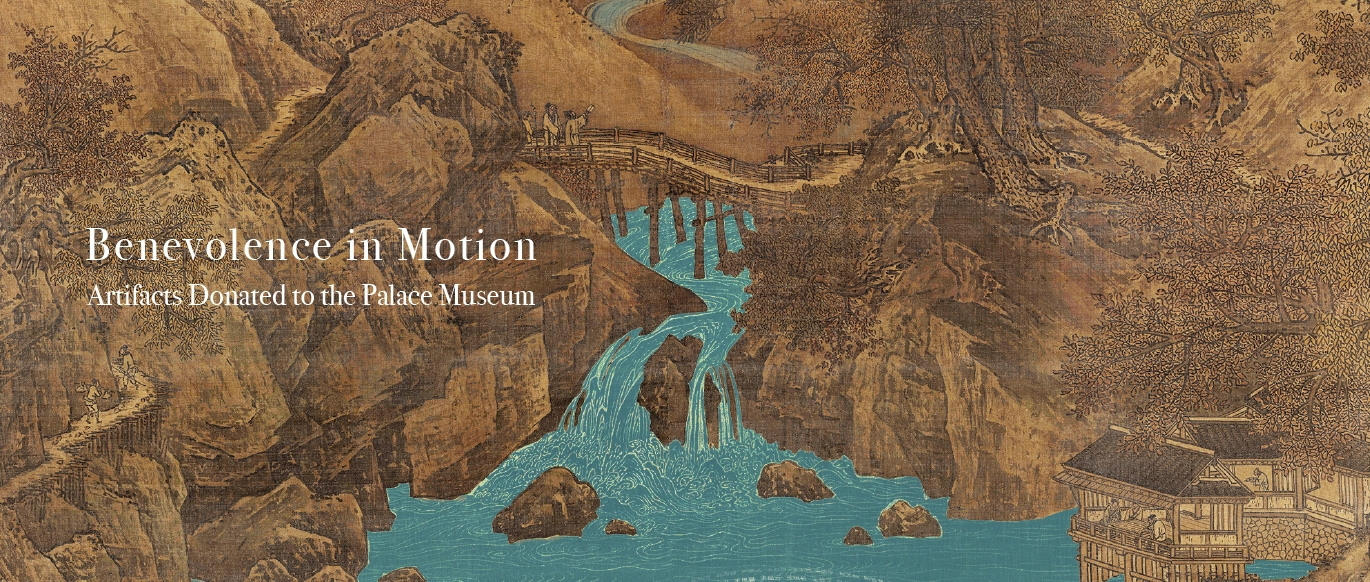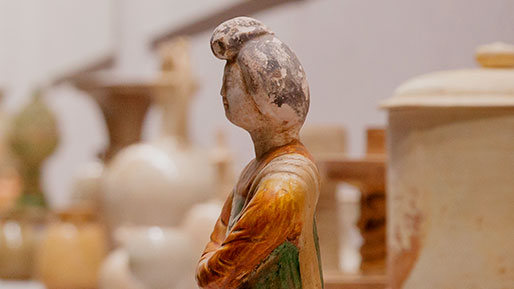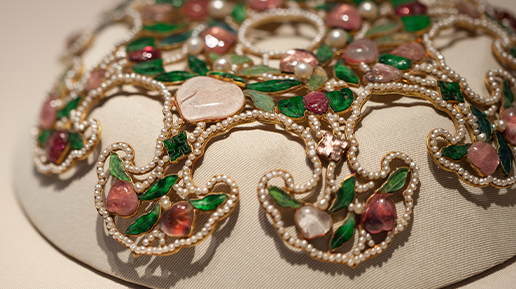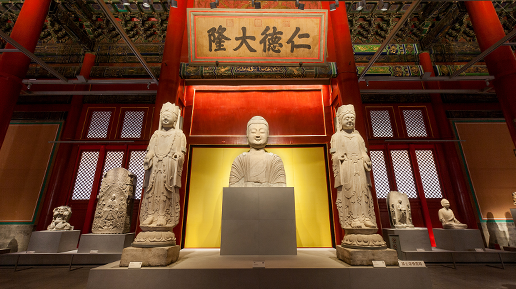Calligraphy is an essential part of China\'s unique traditional culture. Wang Xizhi is celebrated as the "sage of calligraphy", and Orchid Pavilion Preface marks the summit of his accomplishment. The original copy of this work is said to have been buried with Emperor Taizong (r. 627-649) of the Tang Dynasty (618-907) in his mausoleum. However, since the Tang Dynasty, a vast number of traced and copied duplicates of the work have been made and circulated, exerting a tremendous influence on calligraphers in subsequent dynasties.
At this special exhibition on this Preface, visitors not only have the chance to view copies made by Yu Shinan, Chu Suiliang, Feng Chengsu and others, generally recognized as those closest to the original, but are also presented with the complete rubbings of the Eight Columns of the Orchid Pavilion, collected by the Qianlong Emperor (r. 1736-1795). No other calligraphic work has been worshipped, studied, handed down, and disputed by so many people: The Orchid Pavilion Preface stands as a masterwork for the ages.
Thematically The Orchid Pavilion Preface and the spring purification ritual (xiuxi) reflect noble spiritual aspirations, refined artistic taste, friendship based on equality, and a broad, philosophical outlook on life. The Orchid Pavilion Preface has become a cultural symbol of China and an enduring cultural phenomenon. Its reputation has spread far and wide across the world, making it a precious gem in humankind\'s trove of cultures.
This exhibition has been blessed with the complete support of, among others, the Tokyo National Museum, the Art Museum of the Chinese University of Hong Kong, Nanchang Museum, Nanjing Municipal Museum, Heilongjiang Museum. To all of them goes our heartfelt gratitude.
Feedback
Your feedback
Verification Code



